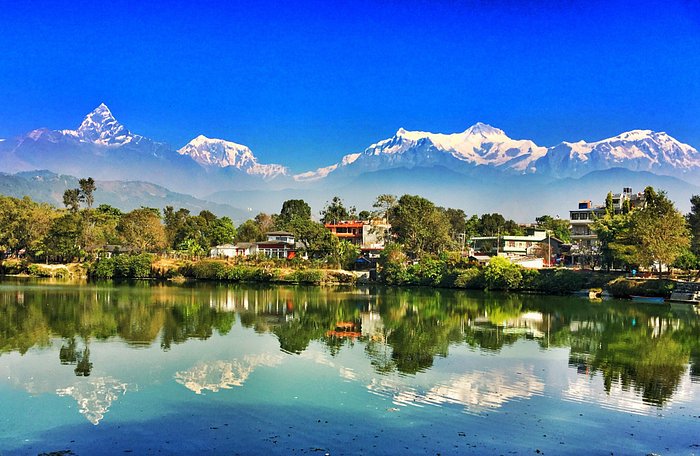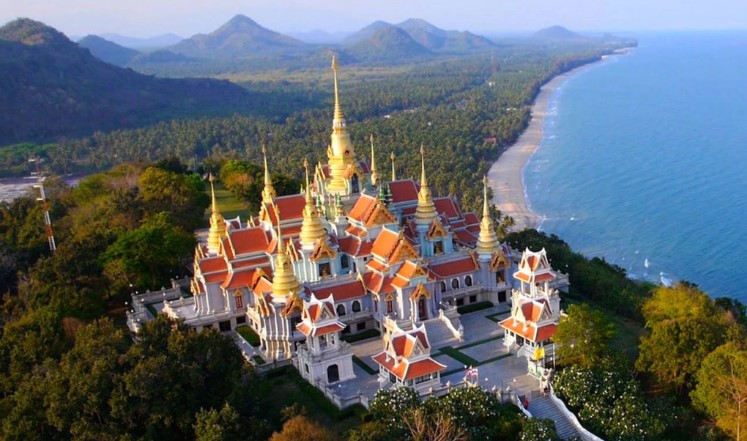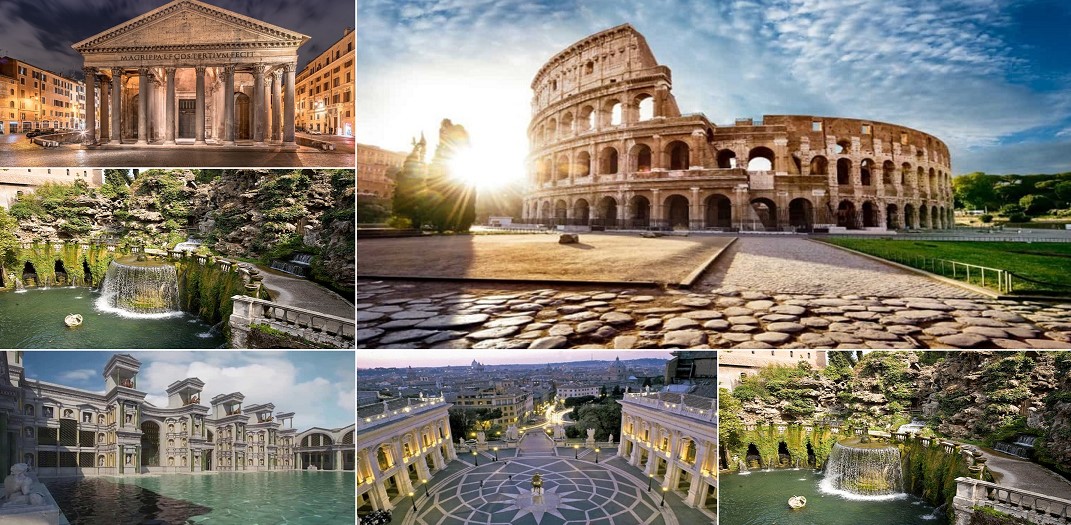Here are some of the top-rated tourist attractions in Egypt. This list of the best places to visit in Egypt will be a magical event during your visit. However, in this article, I discuss the 5 top-rated tourist attractions in Egypt. So, continue reading and discover these prettiest & top-rated tourist attractions in Egypt!
Giza Necropolis
The Giza Pyramid Complex, also called the Giza Necropolis, is a site on the Giza Plateau in Greater Cairo, Egypt that houses the Great Pyramid of Giza, the Pyramid of Khafre, and the Pyramid of Menkaure, along with their associated pyramid complexes and the Great Sphinx of Giza.
All were built between 2600 and 2500 BC during the Fourth Dynasty of the Old Kingdom of ancient Egypt. The site also contains several cemeteries and the remains of a workers' village. The site is on the edge of the Western Desert, about 9 kilometers west of the Nile River in the city of Giza and about 13 kilometers southwest of Cairo city center.
Along with nearby Memphis, the site was inscribed on UNESCO's World Heritage List in 1979. The Great Pyramid and Khafre's Pyramid are the largest pyramids built in ancient Egypt, and they have historically been common symbols of ancient Egypt in the Western imagination.
They became popular during the Hellenistic period, when the Great Pyramid was listed as one of the Seven Wonders of the World by Antipater of Sidon. It is the oldest of the ancient wonders and the only one still in existence.
Colossi of Memnon
The Colossi of Memnon are two colossal stone statues of the pharaoh Amenhotep III, standing in front of the ruined Mortuary Temple of Amenhotep III, the largest temple in the Theban necropolis. They have stood since 1350 BC, and were well known to the ancient Greeks and Romans as well as early modern travelers and Egyptologists.
The statues contain 107 Roman-era inscriptions in Greek and Latin, dating between 20 and 250 AD; Many of these inscriptions on northern statues refer to the Greek mythological king Memnon, whom the statue was then - incorrectly - thought to represent.
Scholars have debated how the identification of the northern colossus as "Memonon" is linked to the Greek name of the entire Theban necropolis as Memonium.
Luxor Temple
Luxor Temple is a large ancient Egyptian temple complex located on the east bank of the Nile River in the city known today as Luxor and was built around 1400 BC. In Egyptian it was known as ipet resyt, "southern sanctuary". It was one of two early temples on the eastern bank, the other being Karnak.
Unlike the other temples of Thebes, the Luxor Temple was not dedicated to a cult deity or a deified version of the pharaoh in death. Instead, the Luxor Temple is dedicated to the revival of royalty; This may have been where many of Egypt's pharaohs were actually or conceptually crowned.
Behind the temple are chapels built by Amenhotep III and Alexander of the 18th dynasty. Other parts of the temple were built by Tutankhamun and Ramesses II. During the Roman period, the temple and its surroundings were a military fortress and the seat of the Roman government in the area.
During the Roman period a chapel inside the Luxor Temple originally dedicated to the goddess Mut was transformed into a tetrarchy cult chapel and later a church.
The Citadel of Cairo
The Citadel of Cairo or Saladin's Citadel is a medieval Islamic era fort in Cairo, Egypt, built by Salah ad-Din and further enhanced by later Egyptian rulers. It was the seat of government in Egypt and the residence of its rulers for nearly 700 years from the 13th to the 19th centuries.
Its location on a promontory of the Mokattam Hills near the center of Cairo indicates a strategic location overlooking the city and dominating its skyline. At the time of construction, it was one of the most impressive and ambitious military fortification projects of its time.
It is now a preserved historical site with mosques and museums. Apart from the initial Ayyubid period construction begun by Saladin in 1176, the fort underwent major development during the Mamluk Sultanate, culminating in the construction projects of Sultan al-Nasir Muhammad in the 14th century.
In the first half of the 19th century, Muhammad Ali Pasha demolished many old buildings and built new palaces and monuments throughout the area, giving it its current form.
Cairo Tower
Cairo Tower is a free-standing concrete tower in Cairo, Egypt. At 187 meters, it was Egypt's tallest structure for 37 years until 1998, when it was surpassed by the Suez Canal Overhead Powerline Crossing.
It was the tallest structure in North Africa for 21 years until 1982, when it was surpassed by the transmitter in Nado, Morocco. It was the tallest structure in Africa until 1962, when it surpassed the Sentech Tower in South Africa.
One of Cairo's best-known modern monuments, sometimes considered Egypt's second most famous landmark after the Pyramids of Giza, it is located in the Gezira district of Gezira Island on the Nile River in downtown Cairo.











































































































































